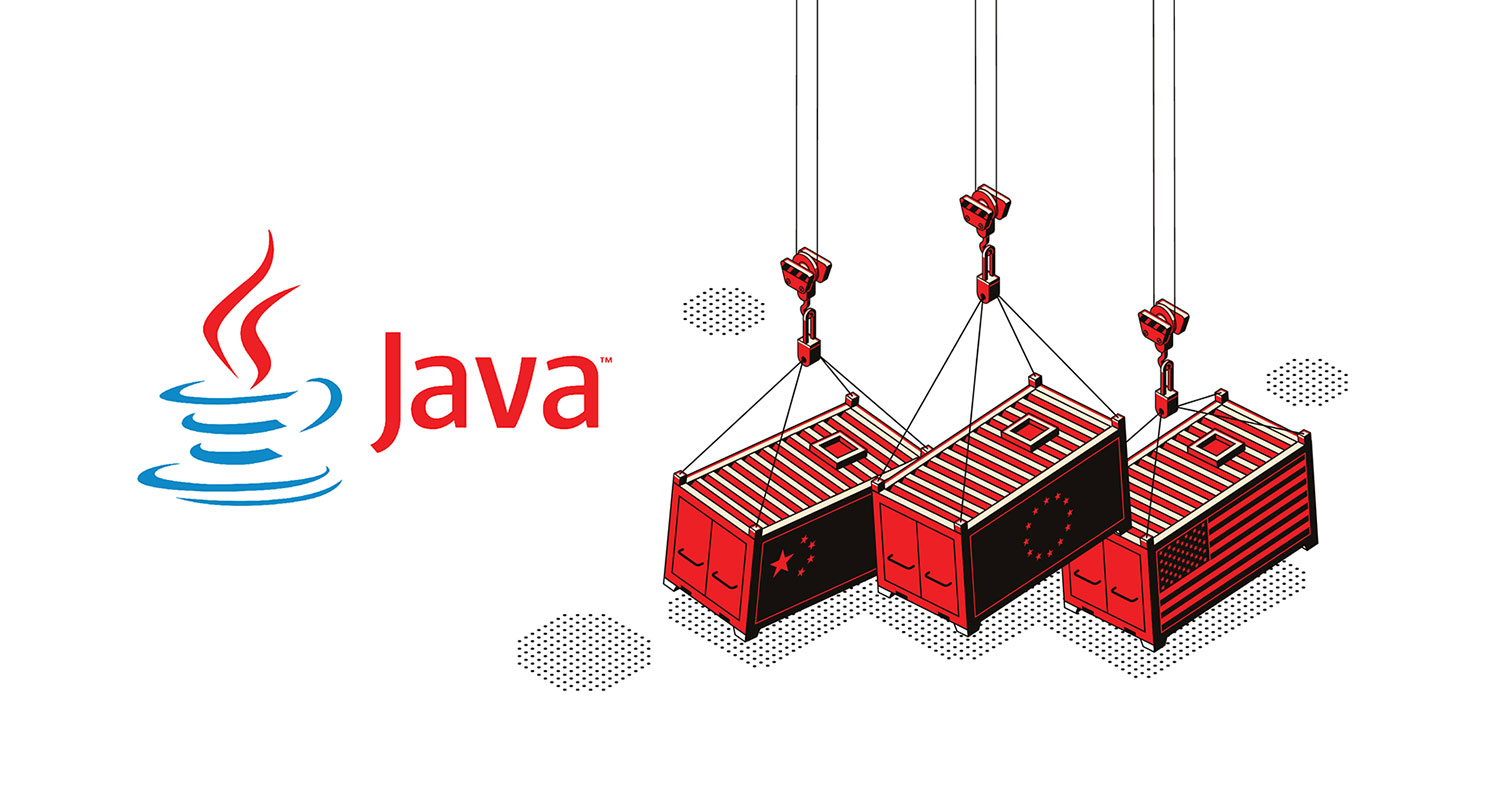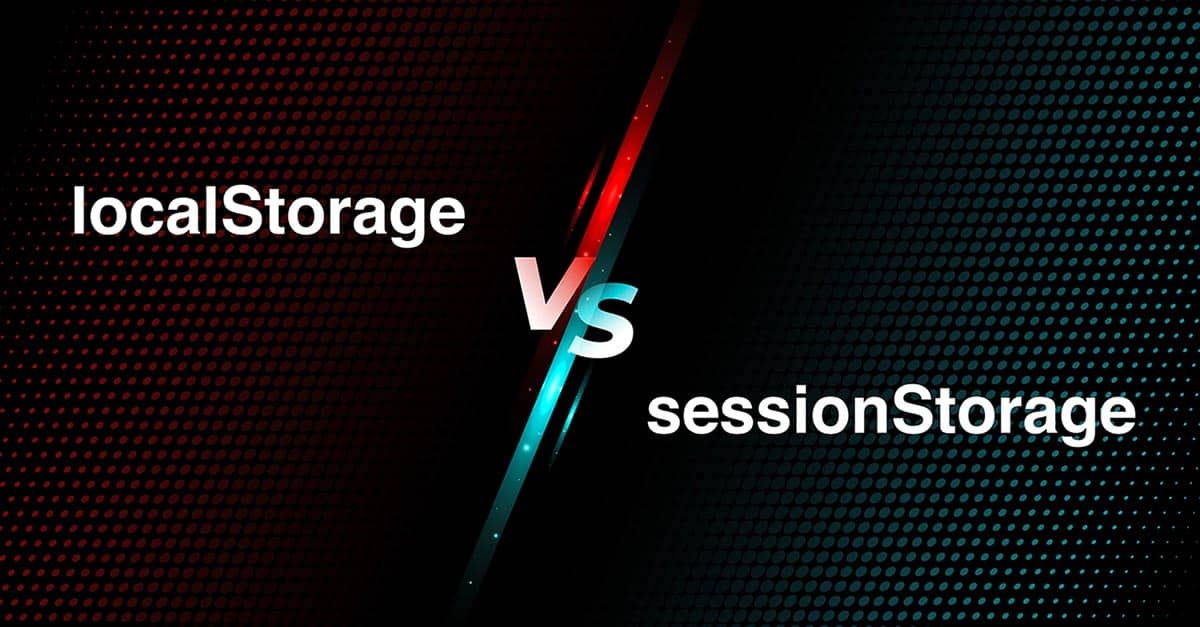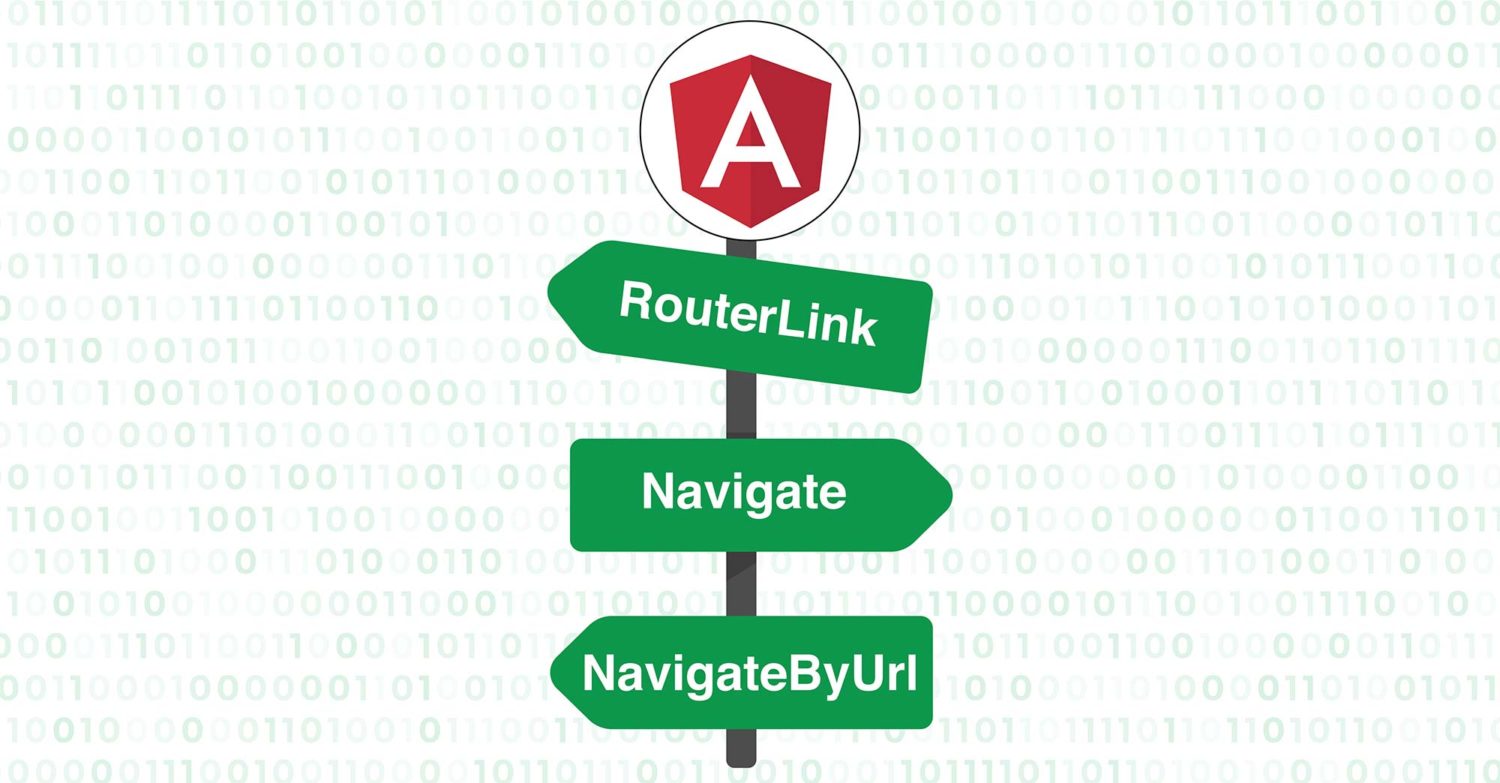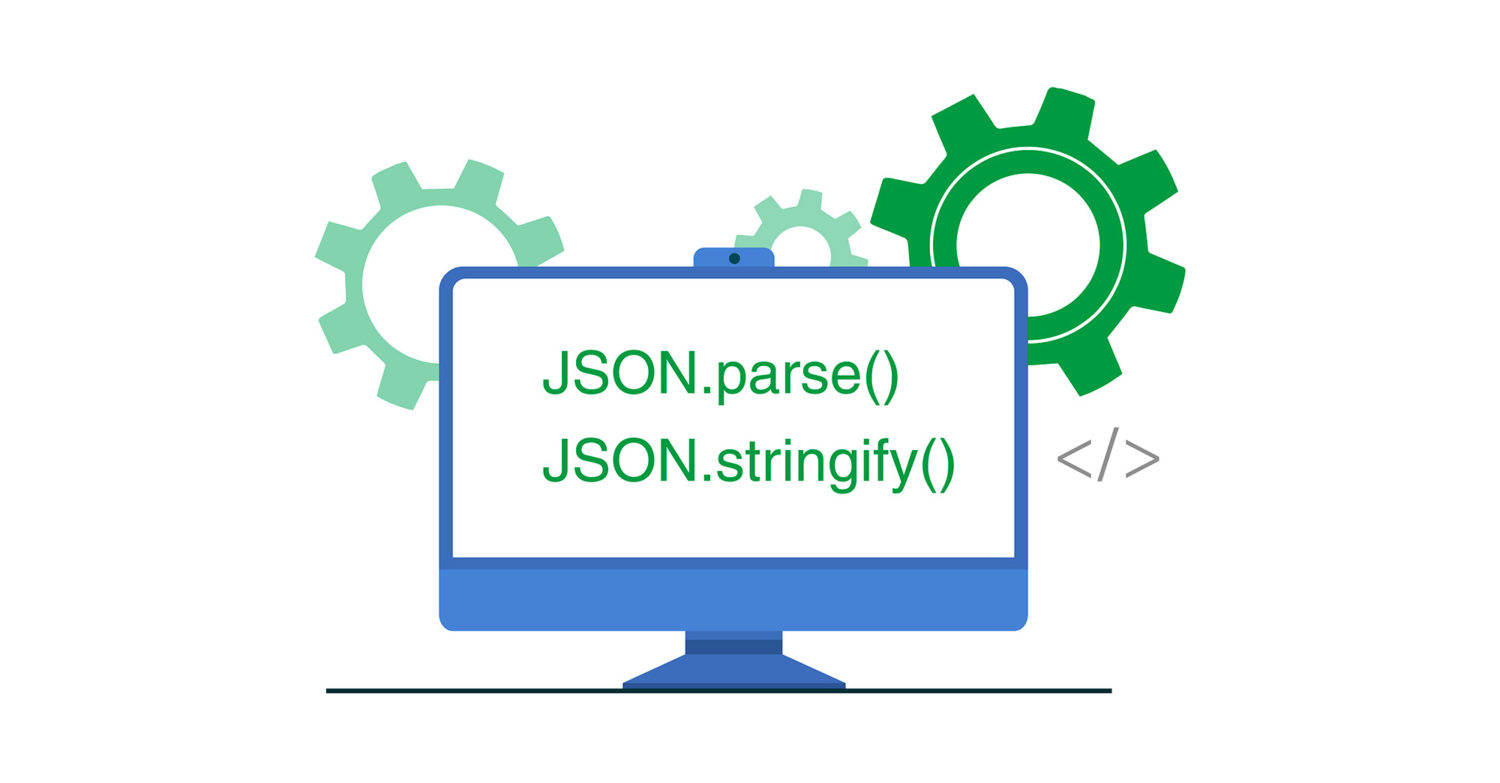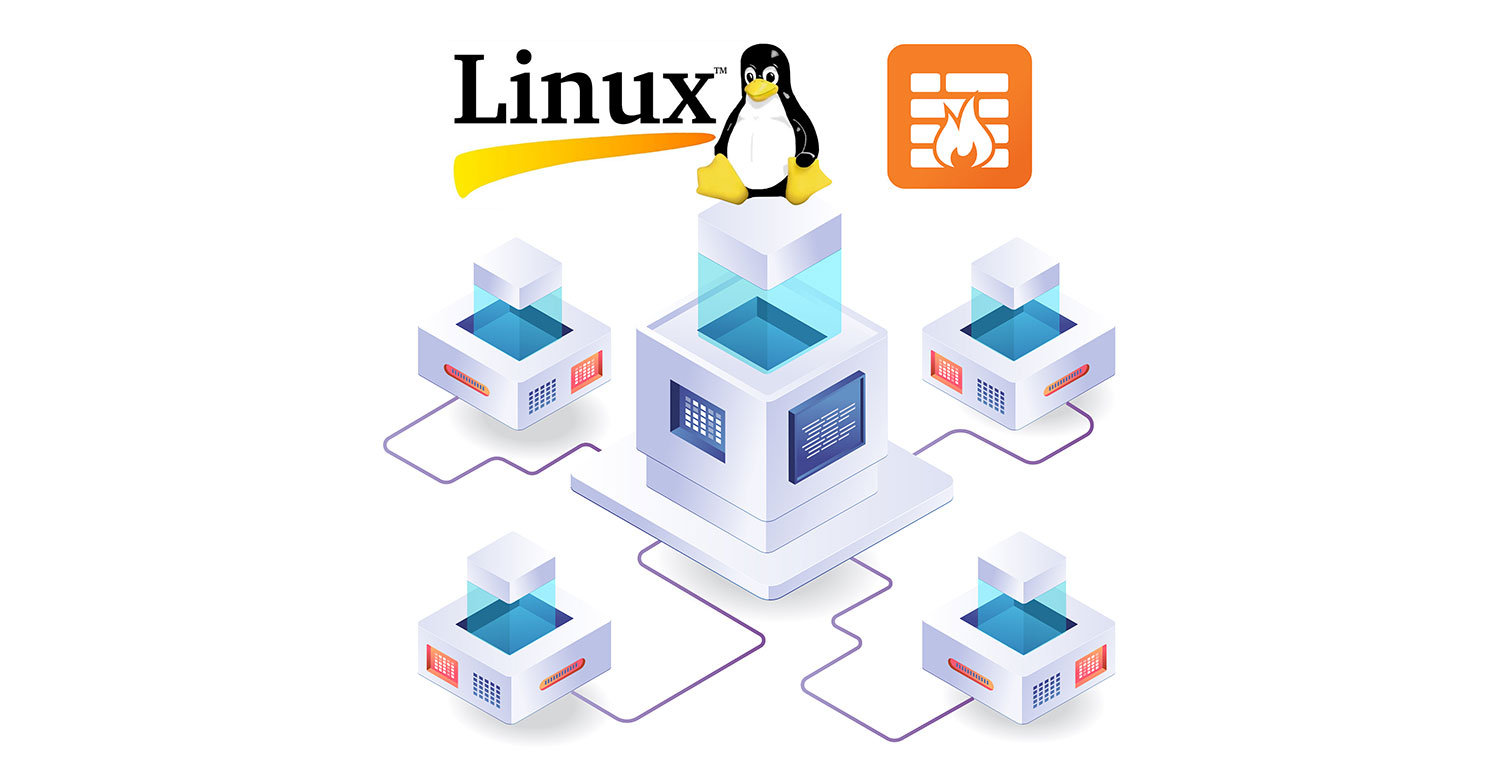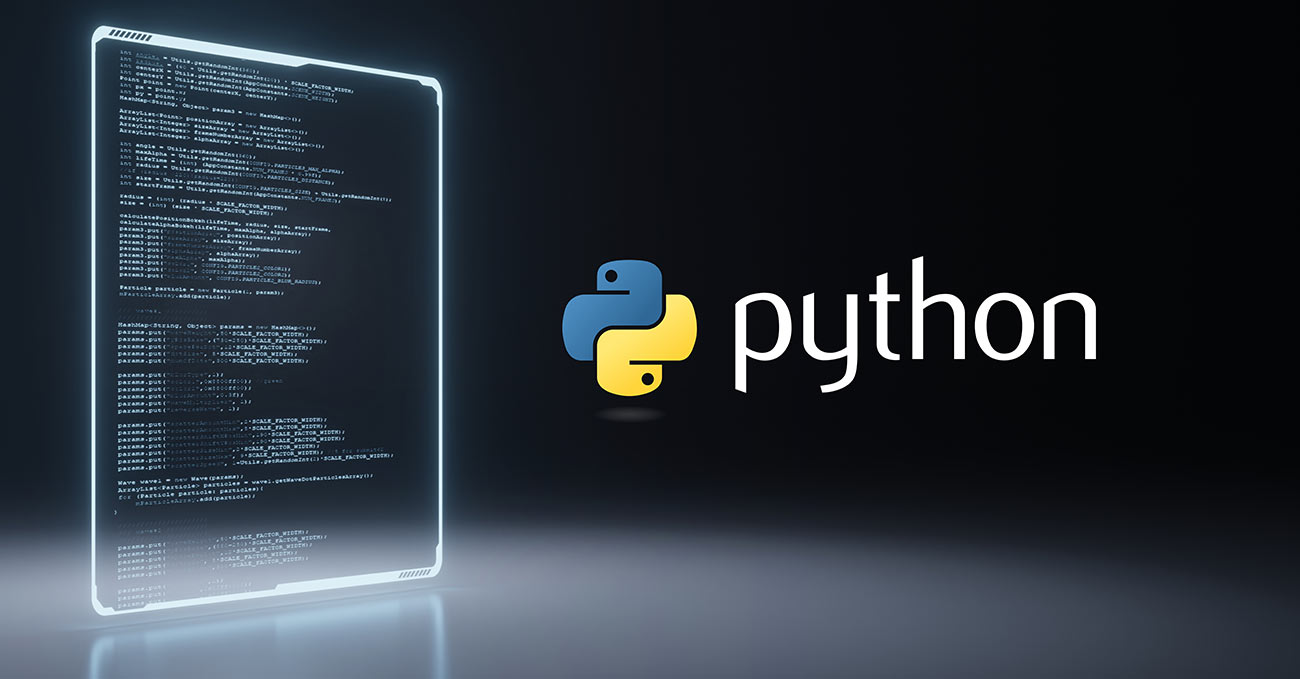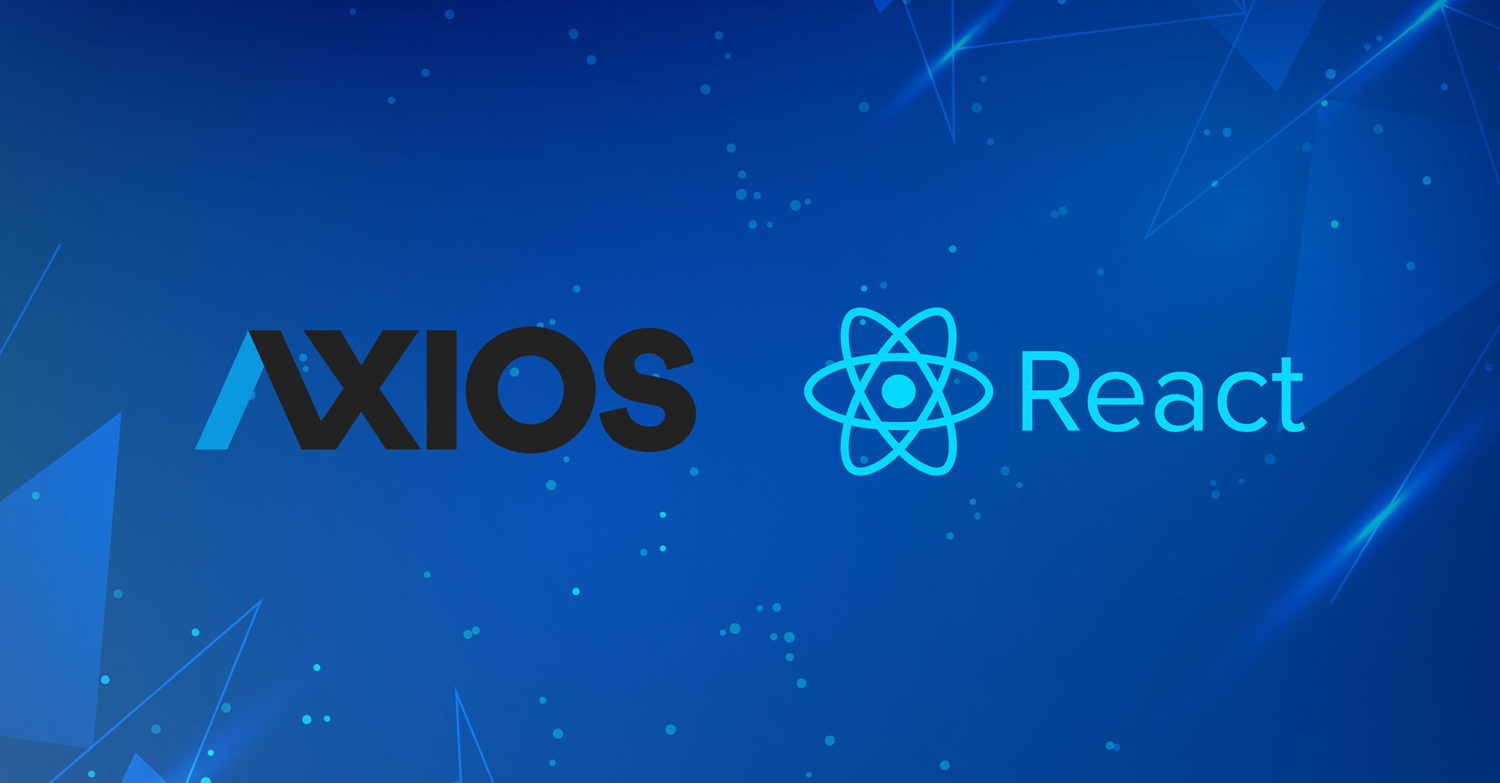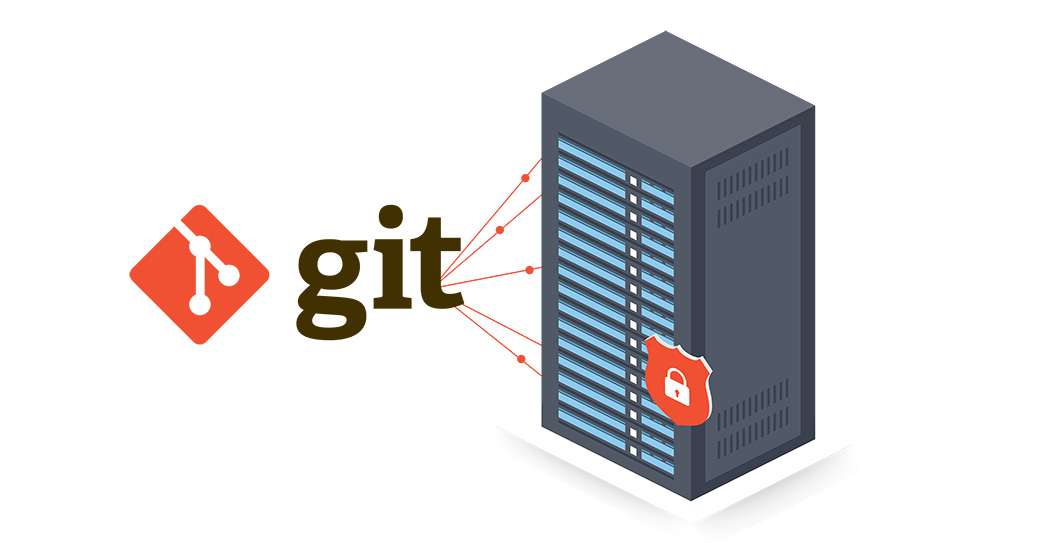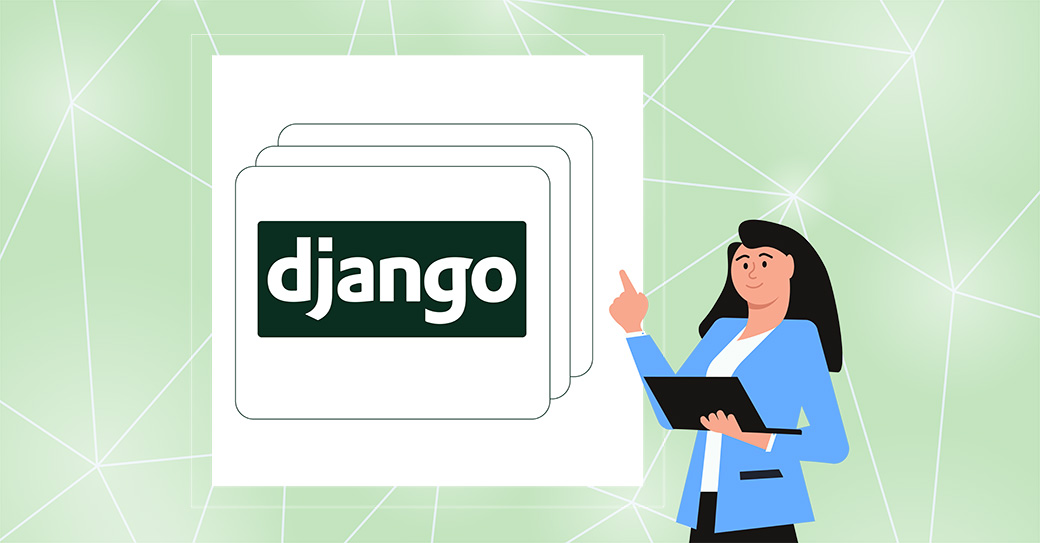For the longest time, application development and management were completely dependent upon physical infrastructure. As businesses looked to host multiple applications on a singular hardware system, virtualization solutions like hypervisors were introduced. A hypervisor, also known as a Virtual Machine Monitor (VMM), is software that creates and runs Virtual Machines (VMs). The hypervisor will allocate resources to each guest or …
JavaScript Tools: localStorage and sessionStorage
JavaScript (often abbreviated as JS) is one of the foundations of the modern web infrastructure. It’s a lightweight, interpreted, object-oriented programming language that supports first-class functions. JavaScript is mostly known for its implementation in dynamic web pages. Because of its features, however, JavaScript is also used in non-browser environments. In this guide, we will discuss in detail two JavaScript objects: …
Navigation with RouterLink, Navigate, and NavigateByUrl in Angular Router
Introduction Angular applications are very common these days. They are built with the concept of Single Page Applications (SPA). In such applications, routing across the web pages is different from traditional websites since components are used. In Angular, you need to use RouterLink for navigation to route across the application. RouterLink is a directive, and it provides Router.navigate and Router.navigateByURL …
A Tutorial on Working with JSON.parse() and JSON.stringify()
JSON stands for JavaScript Object Notation. It is used to describe JavaScript objects. It is a data-sharing format that specifies data values using key-value pairs. The JSON object is supported across all major browsers. This tutorial requires that you are familiar with JavaScript and working with the JSON object. To get familiar with JSON, you can take a look at …
Forwarding Ports with Iptables in Linux: A How-To Guide
Port forwarding also referred to as port mapping, is a method for allowing remote devices to connect to a specific service within your private local-area network (LAN). As the name suggests, the process involves forwarding requests for a specific port to another port or network. It modifies the destination of the packet in-flight and is considered a type of network …
Defining Functions in Python 3: A Tutorial
In programming, a function is described as a block of instructions that can perform a certain action. A function is generally re-usable. Using functions makes the code more modular. It also opens up the opportunity of re-using the code over and over again in the future. Python is a robust programming language that supports functions. It already comes with a …
Troubleshooting Common HTTP Error Codes
Any web server receiving an HTTP request is responded to with an HTTP status code. These codes are short notes from the server describing the situation. It doesn’t contain any actual site content. Instead, it’s a report of how things went after receiving the HTTP request. In many situations, these codes are important to diagnose various server/client issues. These codes …
Using HTTP client Axios in a React Application: A Tutorial
Many web apps face the necessity of interfacing with a REST API at some point in their development. For React-based web apps, we can use Axios, a lightweight HTTP client based on the $http service within Angular.js v1.x. The features are similar to JavaScript’s native Fetch API. Axios is promise-based, allowing us the ability to incorporate JavaScript’s async and await …
How to Configure Automatic Deployment with Git with a VPS
Git is the most popular version control system in the field of software development. It’s open-source and actively maintained since 2005 by Linus Torvalds, the famous creator of Linux. Today, a staggering number of software projects (including commercial ones) use Git for version management. Git follows a distributed architecture, making it a perfect example of a DVCS (Distributed Version Control …
Building and Installing Go Programs
Go is a statically typed programming language. Originally designed by Google, Go shares similarities with C in terms of syntaxes. However, in functionality, Go comes with additional features like memory safety, garbage collection, structural typing, etc. Over the past few years, Go has been gaining incredible popularity. This guide will go over the steps of building and installing Go programs …
Creating Django Models: A Tutorial
Django is a well-known web framework for the rapid development of secure and maintainable websites and web apps. Built using Python, Django simplifies web development, allowing more time and focus on writing apps without reinventing the wheel every single time. Django is a free and open-source project with robust official documentation, great community support, and plenty of free and paid-for …


